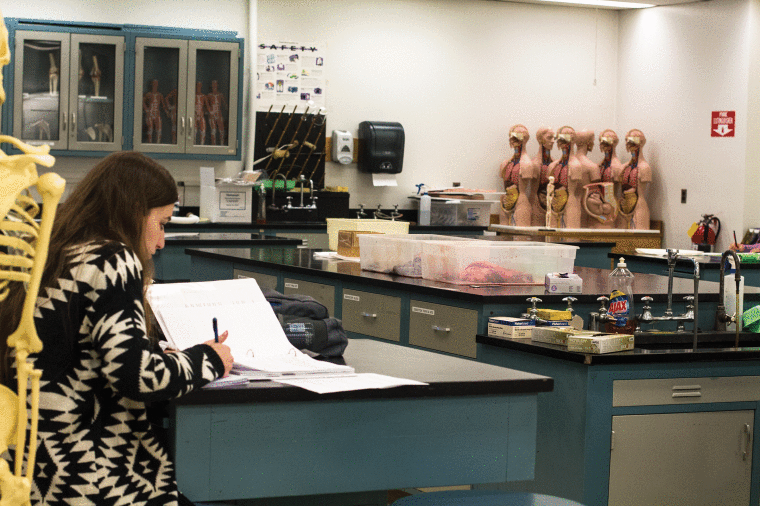New science building presented to California Legislature
April 30, 2014
Sacramento State will be looking to add space for impacted science courses, but only if the California Legislatures approves construction of a new building.
Biological Sciences Faculty Chair Jennifer Lundmark said classes in high demand, like biology and chemistry, almost always fill up during early registration, leaving few options open for many prospective graduates.
“We have students waiting four semesters to get in,” Lundmark said. “Can you imagine coming here as a student, and you can’t start your degree for four semesters because the classes that you need to take to progress in the major are completely impacted?”
Space needs to be dedicated for chemistry and biology labs to be run because they cannot be held in typical classrooms due to safety concerns and the need for special equipment, Lundmark said.
“The lab classes are absolutely critical for our students to be able to go on and do the jobs that they’re supposed to do,” Lundmark said. “And in many cases, it’s required by the program they’re interested in pursuing. So we aren’t just holding labs for any old reason. These are absolutely necessary for these students to be successful.”
Associated Students Inc. Director of the Natural Sciences and Mathematics Melissa Bardo said faculty and staff have to cover a nuclear magnetic resonance machine, worth $500,000, with towels because they do not have the proper materials to protect it from a leaky ceiling.
“We’re talking about a very important machine that is helping students learn a lot about chemistry and undergraduate research and we can’t even take care of their equipment,” Bardo said. “These are very important to students and faculty because this experience is the kind of experiences that gets students jobs when they graduate.”
Associated Students Inc. Legislative Coordinator Mike Sharif said the new building, which would be located by the Hornet Bookstore where the faculty parking is, would include a planetarium, observatory and a pendulum that tells time. The location for an additional multi-layered parking lot is undetermined.
“This science building would be built by the CSU Board of Trustees within the next five years,” Sharif said. “What we’re trying to do is have a way to provide funding for the new budget.”
Bardo said Humboldt Hall, the building focused on biology courses and conjoined with Sequoia Hall, has asbestos in the building and ceiling tiles falling off some of the classrooms.
Senior biomedical sciences major Farid Nawabi is a transfer student who took some of the pre-requisite science classes in a community college but had trouble enrolling in genetics and physics courses. He said he does not feel comfortable with the conditions in Humboldt Hall.
“It’s sad because this school doesn’t provide science students and teachers an environment that’s important,” Nawabi said. “We have people more susceptible to sickness and the buildings should be up to par.”
California State Student Association Representative Anthony Gibson said people should remember many of the CSU buildings were built decades ago, and should be maintained to keep up in a rapidly changing economy.
“There has been much communication with local community leaders and legislators in the capital that are all very interested in helping Sacramento State find the funding for this building,” Gibson said.
Lundmark said enrollment in Science, Technology, Engineering and Mathematics has skyrocketed in the past years due to the economic recession, leading to increased jobs for those graduates.
Bardo said there is funding for new equipment for the science department but there is no available space for any of it in neither Sequoia nor Humboldt Hall.
Lundmark said a new science building was imminent when she first started out at Sac State 18 years ago. She hopes to see it before she retires.
“We have a lot of students who are going to do great things and we’re trying to get them there,” Lundmark said. “The motivation and ability are no problem. We just have to be able to have space for them to become the great scientists they want to become.”





























































































































